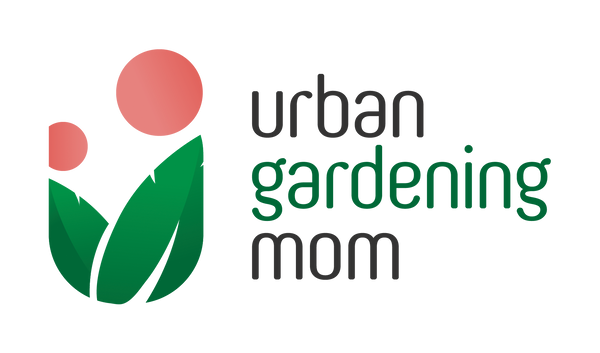
Grow Yu Choi in Containers
Share
Yu choi is definitely my favorite among the Asian greens. This vegetable is commonly used in Chinese cuisine whether steamed and dipped in soy sauce, or simply stir-fried in oyster sauce. Last year, my mother gifted me with a packet of seeds bought from one of her regular trips to Vietnam. I started sowing the seeds last December and in just 5 – 6 weeks, the leaves are all ready for harvest.
Yu choi has dark green leaves and thin stems which are all edible. They produce yellow flowers which are also edible. It belongs to the same family as the pechay or bokchoy, and so they share the same characteristics. However, I prefer the mildly pungent taste of this vegetable, similar to the mustard greens, because it provides an unexpected twist to an otherwise boring stir-fried Asian dish.
Growing Yu Choi in Containers
Yu choi can be grown in any medium- sized container with enough holes to allow water to drain properly. When growing plants in containers, I would advise the use of a good potting soil because regular garden soil tends to cake or harden easily, preventing water to seep through. However, if potting soil is not available, regular garden soil is acceptable, but the soil needs to be regularly loosened to allow proper drainage.
 To ensure larger leaves, proper spacing in between the seedlings is ideal. Allow at least 2 inches of space in between each seedling. I would usually sprinkle the seeds thinly into an elongated container, and after two weeks, I thin them out by pulling some of the seedlings (Tip: pull out the weaker seedlings first). Often, I forget to do this, so after a few more weeks, I get a very crowded container like this one in the photo.
To ensure larger leaves, proper spacing in between the seedlings is ideal. Allow at least 2 inches of space in between each seedling. I would usually sprinkle the seeds thinly into an elongated container, and after two weeks, I thin them out by pulling some of the seedlings (Tip: pull out the weaker seedlings first). Often, I forget to do this, so after a few more weeks, I get a very crowded container like this one in the photo.
Watering is needed when the soil feels dry. During summer, watering daily may be necessary, because this type of plant has the tendency to wilt when it lacks water. Fertilize with some compost when the seedling is at least 3 weeks old. Alternatively, I use rice wash instead of compost, which is also very effective because rice wash contains a lot of essential nutrients needed by the plant’s leaves to grow healthy.
Like pechay, yu choi can thrive with only partial sun. At least 4 hours of morning sun is needed to maximize its growth potential. During summer, it’s best to give the plants a little shade as they wilt easily and/or may taste too bitter.
Harvesting the leaves
 The leaves are ready for harvest in just 6 weeks. To harvest, cut off the entire plant at the root base nearest to the ground. After washing off the dirt, store the harvested leaves in a clear plastic bag and place them inside the refrigerator’s vegetable section. The leaves would usually last for more than a week when stored properly.
The leaves are ready for harvest in just 6 weeks. To harvest, cut off the entire plant at the root base nearest to the ground. After washing off the dirt, store the harvested leaves in a clear plastic bag and place them inside the refrigerator’s vegetable section. The leaves would usually last for more than a week when stored properly.
Happy gardening everyone!
